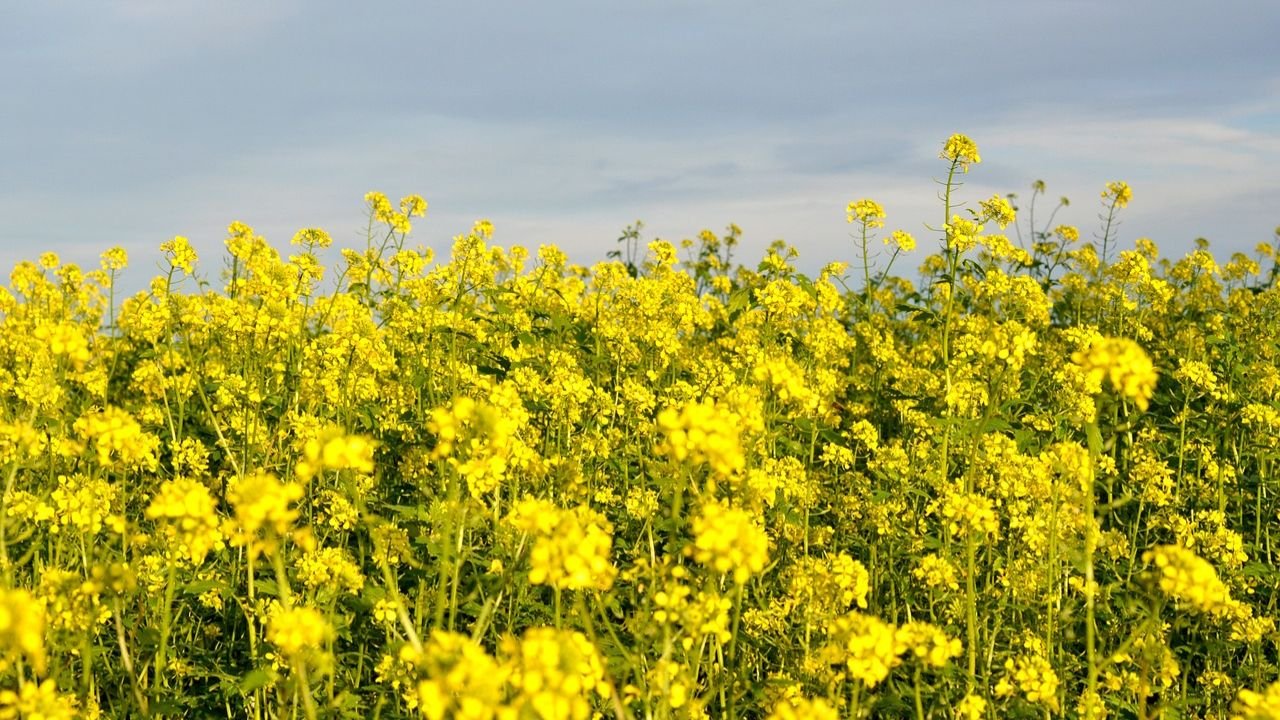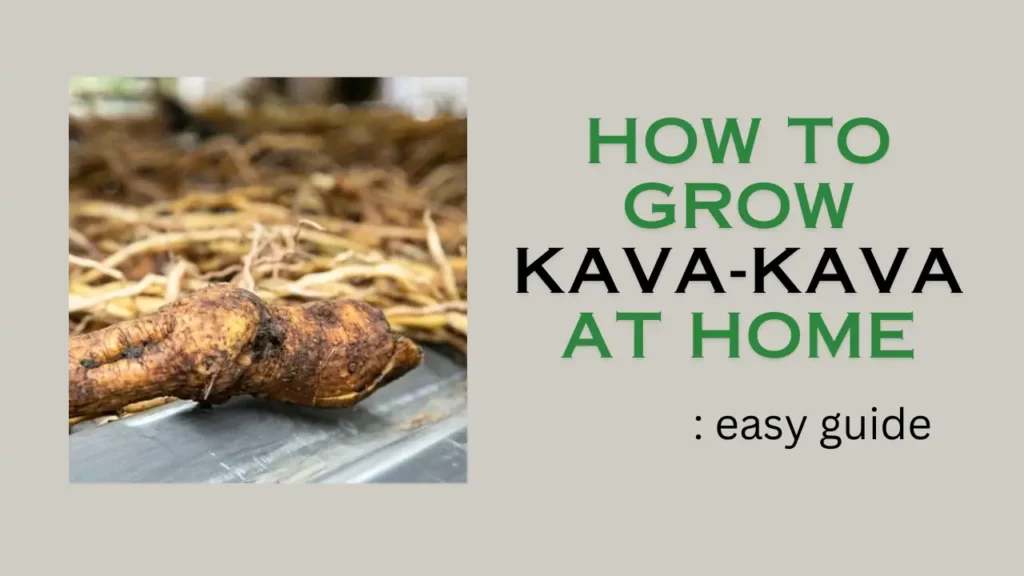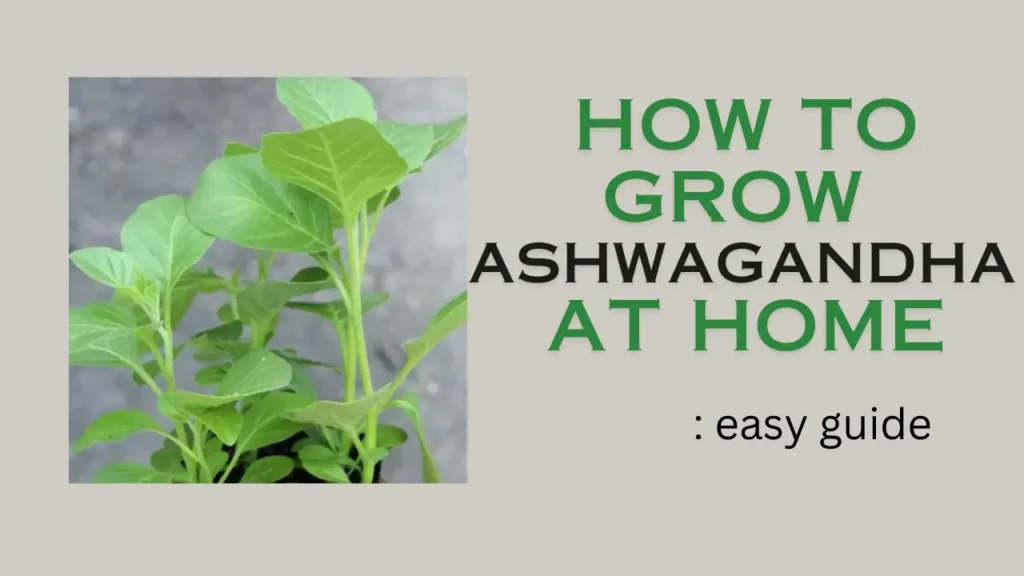Brassica campestris, commonly known as field mustard or rapeseed, is a plant that grows very fast. It produces green leaves and fruits. From this we get mustard. This vegetable is rich in nutrients and can be easily grown at home. It is often grown as a greens, seeds, or oilseed crop (rapeseed oil). Many types of vegetables are made from its fruits and leaves. Brassica campestris is very easy to grow at home. Let us see what steps should be kept in mind to grow it:

Scientific Name: Brassica campestris
Steps to Grow Brassica campestris at Home
There are many different varieties of Brassica campestris, including those grown for use as leafy greens, oilseeds, or cover crops. Choosing the right variety to grow at home is key to reaping the benefits.
Choosing the Right Light, Temperature, and Soil for Growing
- Light: Brassica campestris needs at least 6 hours of full sunlight per day to grow well. So choose a spot in your garden or balcony that receives good sunlight.
- Temperature: It should be grown in spring or autumn as it grows best in cool temperatures between 50°F to 75°F (10°C to 24°C).
- Soil: The plant prefers well-drained, loamy soil rich in organic matter. The soil pH should be between 6.0 and 7.5.
Steps to grow Brassica campestris plant
Preparing the Soil and Sowing the Seeds
- To grow Brassica campestris, till the soil to a depth of 12 inches. Add well-rotted manure to improve the soil. The soil should be well-drained. Brassica campestris does not like wet soil, so if your soil does not drain well, consider planting in raised beds or containers.
- To grow Brassica campestris, you can sow the seeds directly into the ground, as they germinate quickly.
- Sow the seeds about ¼ to ½ inch deep and space the seeds 4-6 inches apart in rows with 12-18 inches between rows. If you are growing for seeds rather than leaves, increase the spacing to give the plants more room to grow.
- Keep the plant’s soil consistently moist, but don’t let it become waterlogged. Water deeply whenever the top inch of the soil feels dry. Avoid overhead watering to reduce fungal diseases.
Thinning and Fertilizing Seedlings
- When the seedlings are a few inches tall, thin them to give the plants enough room to grow. Thin them to about 6 inches apart for greens and 12-18 inches apart for seed production.
- The plant is a heavy feeder, especially if you’re growing it for seed. Use a balanced fertilizer (such as 10-10-10) once every 2-3 weeks during the growing season.
- Work compost or well-rotted manure into the soil at planting and side-dress with organic fertilizer during the growing season.
To keep the plants healthy and growing, keep weeds away as they take up nutrients and water. Use mulch to suppress weeds and help retain soil moisture.
Protecting the plant from pests and diseases
- Aphids, cabbage worms, flea beetles, and slugs are common pests. You can use organic pesticides to keep them away.
- Wet roots can sometimes lead to clubroot, downy mildew, or powdery mildew. To prevent this, rotate crops every year.
- Harvesting the plant and collecting seeds
- The plants need to be 4-6 inches tall to harvest the leaves. Cut off the outer leaves and leave the central rosette so the plant can continue producing.
To harvest the seeds, allow the plant to flower. Once the flowers fade, the seed pods will form. When the seed pods turn brown and dry, harvest them before they crack remove the seeds, and store the seeds in a cool, dry place.
In mild climates, Brassica campestris can survive the winter. Protect it with a layer of mulch or use a plant cover to protect it from frost.
Remember, before starting any new wellness regimen, it’s always best to consult with a healthcare professional to ensure it is suitable for your specific needs and circumstances.








